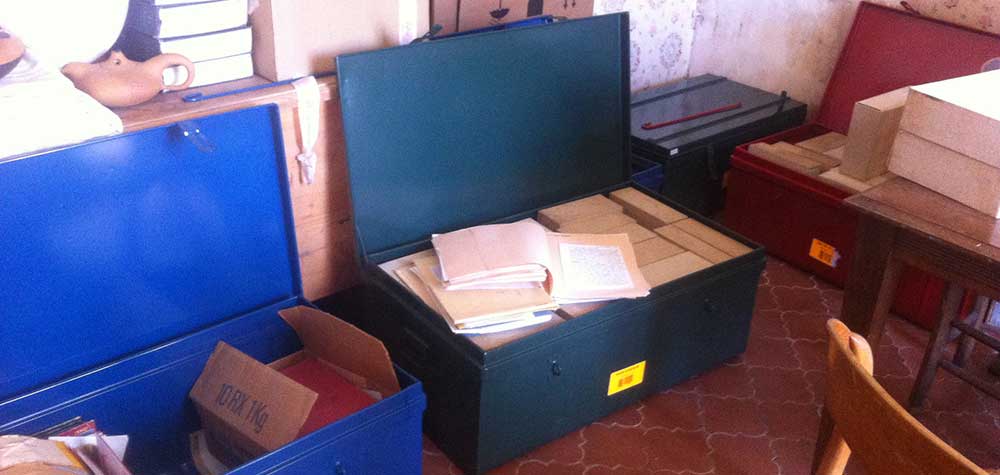On the island of two truths, statements are either false (truth-value $0$), Q-true (value $Q$) or K-true (value $K$).
The King and Queen of the island have an opinion on all statements which may differ from their actual truth-value. We say that the Queen believes a statement $p$ is she assigns value $Q$ to it, and that she knows $p$ is she believes $p$ and the actual truth-value of $p$ is indeed $Q$. Similarly for the King, replacing $Q$’s by $K$’s.
All other inhabitants of the island are loyal to the Queen, or to the King, or to both. This means that they agree with the Queen (or King, or both) on all statements they have an opinion on. Two inhabitants are said to be loyal to each other if they agree on all statements they both have an opinion of.
Last time we saw that Queen and King agree on all statements one of them believes to be false, as well as the negation of such statements. This raised the question:
Are the King and Queen loyal to each other? That is, do Queen and King agree on all statements?
We cannot resolve this issue without the information Oscar was able to extract from Pointex in Karin Cvetko-Vah‘s post Pointex:
“Oscar was determined to get some more information. “Could you at least tell me whether the queen and the king know that they’re loyal to themselves?” he asked.
“Well, of course they know that!” replied Pointex.
“You said that a proposition can be Q-TRUE, K-TRUE or FALSE,” Oscar said.
“Yes, of course. What else!” replied Pointex as he threw the cap high up.
“Well, you also said that each native was loyal either to the queen or to the king. I was just wondering … Assume that A is loyal to the queen. Then what is the truth value of the statement: A is loyal to the queen?”
“Q, of course,” answered Pointex as he threw the cap up again.
“And what if A is not loyal to the queen? What is then the truth value of the statement: A is loyal to the queen?”
He barely finished his question as something fell over his face and covered his eyes. It was the funny cap.
“Thanx,” said Pointex as Oscar handed him the cap. “The value is 0, of course.”
“Can the truth value of the statement: ‘A is loyal to the queen’ be K in any case?”
“Well, what do you think? Of course not! What a ridiculous thing to ask!” replied Pointex.”
Puzzle : Show that Queen and King are not loyal to each other, that is, there are statements on which they do not agree.

Solution : ‘The King is loyal to the Queen’ must have actual truth-value $0$ or $Q$, and the sentence ‘The Queen is loyal to the King’ must have actual truth-value $0$ or $K$. But both these sentences are the same as the sentence ‘The Queen and King are loyal to each other’ and as this sentence can have only one truth-value, it must have value $0$ so the statement is false.
Note that we didn’t produce a specific statement on which the Queen and King disagree. Can you find one?


